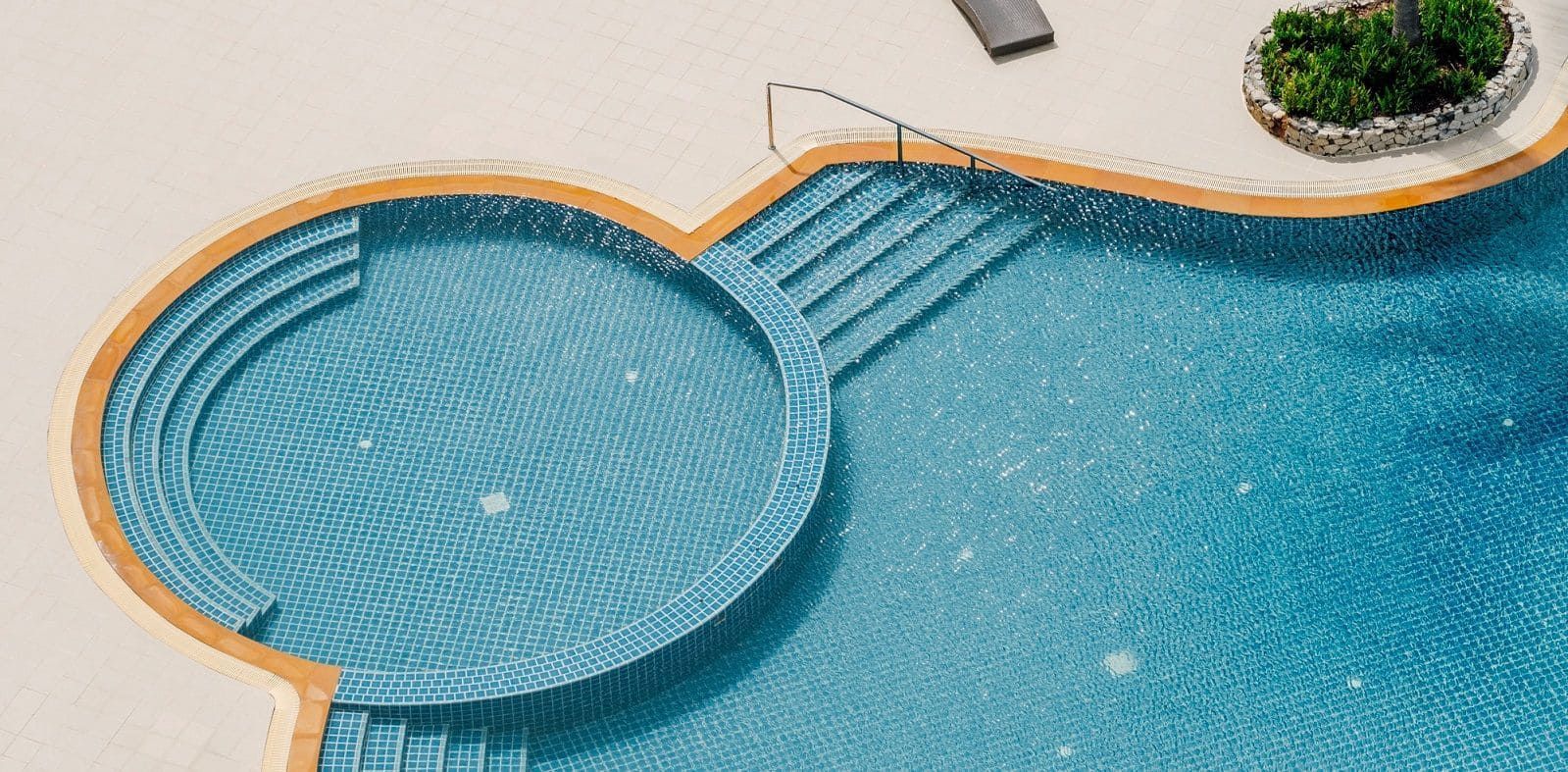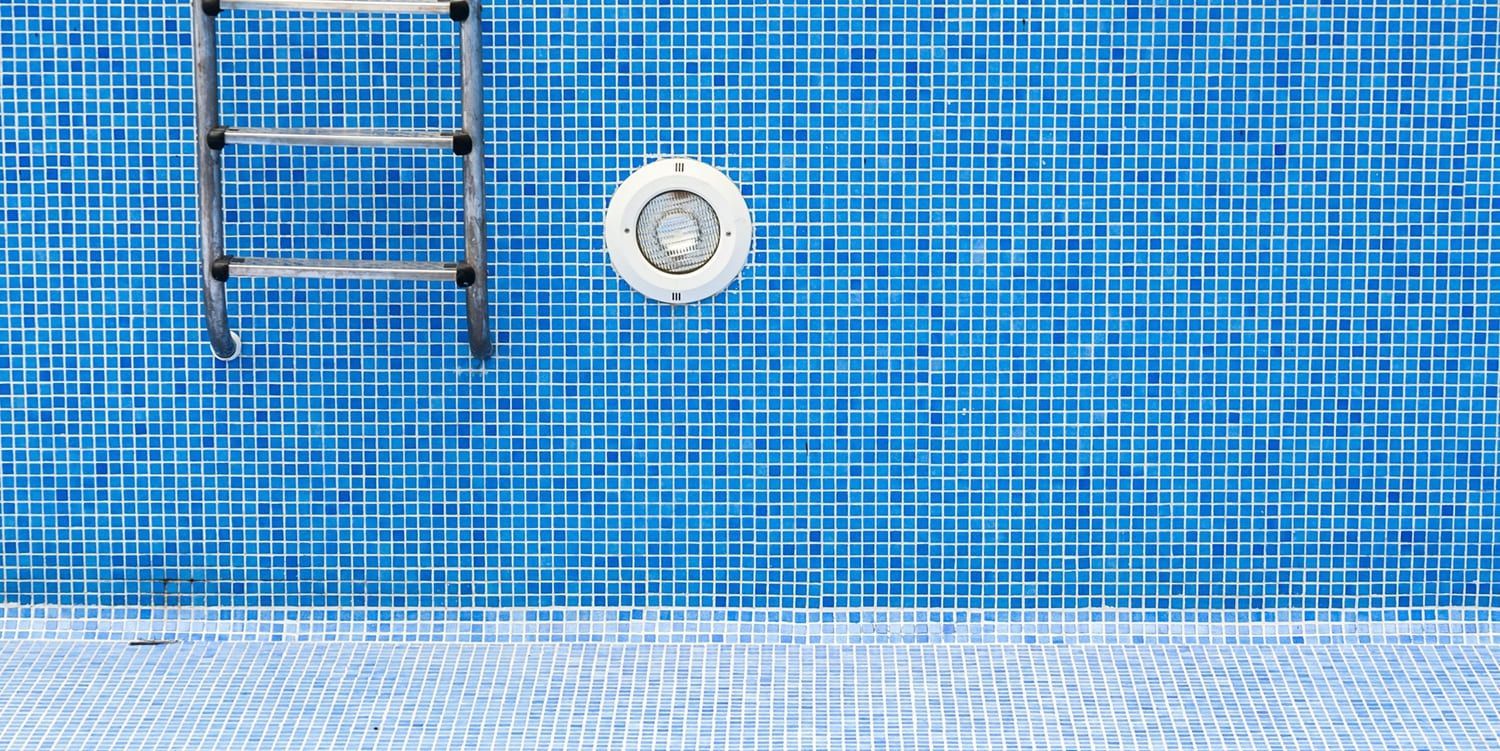Effective Methods for Pool Tile Calcium Removal
When you own a pool, maintaining its pristine condition can be a rewarding challenge. One common issue pool owners face is the buildup of calcium deposits on pool tiles. These unsightly white or grayish scales not only affect the aesthetic appeal of your pool but can also lead to more serious maintenance problems if left untreated.
In this article, we will explore effective methods for removing calcium deposits from pool tiles. With the right approach and tools, you can restore the beauty of your pool and ensure its longevity.

Understanding Calcium Deposits
Before diving into removal methods, it's important to understand what calcium deposits are and why they occur. Calcium deposits, or scale, form when calcium carbonate and calcium silicate precipitate out of the water and adhere to surfaces like tiles. This often occurs in pools with hard water, where the pH levels and alkalinity are not properly balanced.
Types of Calcium Deposits
- Calcium Carbonate: This type of scale appears as a white, flaky residue and is generally easier to remove.
- Calcium Silicate: This is a tougher, grayish deposit that forms over a longer period and requires more effort to clean.
Tools and Materials Needed
To effectively remove calcium deposits, gather the following tools and materials:
- Pool tile cleaner or calcium remover
- Pumice stone
- Nylon brush
- Pressure washer
- Vinegar or muriatic acid
- Protective gear (gloves and goggles)
Method 1: Using a Pool Tile Cleaner
One of the simplest ways to remove calcium deposits is by using a commercial pool tile cleaner. These products are specially formulated to dissolve calcium buildup without damaging the tiles.
Steps:
- Read the Instructions: Begin by carefully reading the manufacturer's instructions on the
pool tile cleaner.
- Apply the Cleaner: Spray or apply the cleaner directly onto the affected areas. Let it sit for the recommended time to allow the product to penetrate the calcium deposits.
- Scrub the Tiles: Use a nylon brush to scrub the tiles gently. Avoid using metal brushes as they can scratch the surface.
- Rinse Thoroughly: Rinse the tiles with clean water to remove any remaining cleaner and loosened deposits.
Method 2: Pumice Stone Scrubbing
A pumice stone is a natural and effective tool for removing calcium carbonate deposits from pool tiles.
Steps:
- Wet the Stone and Tiles: Before starting, wet both the pumice stone and the pool tiles to prevent scratches.
- Gently Scrub the Tiles: Use the pumice stone to scrub the affected areas with light pressure. Focus on small sections at a time.
- Rinse Off Debris: Rinse the area thoroughly to wash away loosened calcium and pumice residue.
Method 3: Vinegar or Muriatic Acid Solution
For tougher calcium silicate deposits, a vinegar or diluted muriatic acid solution can be effective.
Steps:
- Prepare the Solution: Mix equal parts of vinegar and water or use a diluted muriatic acid solution (1 part acid to 10 parts water).
- Apply with Caution: Use a sponge or cloth to apply the solution to the calcium deposits. Be cautious with muriatic acid, as it is highly corrosive.
- Let It Sit: Allow the solution to sit for a few minutes to break down the calcium deposits.
- Scrub and Rinse: Scrub the tiles with a nylon brush and rinse thoroughly with water.

Method 4: Pressure Washing
A pressure washer can be an effective tool for removing large areas of calcium buildup.
Steps:
- Set Up the Pressure Washer: Use a pressure washer with a fan-tip nozzle to avoid damaging the tiles.
- Test a Small Area: Before proceeding, test the pressure on a small, inconspicuous area to ensure it won't damage the tiles.
- Wash the Tiles: Move the nozzle in a sweeping motion across the tiles, keeping a safe distance to prevent surface damage.
- Inspect and Repeat: Inspect the tiles and repeat the process if necessary.
Preventing Future Calcium Buildup
Once you've successfully removed the calcium deposits, it's important to take preventive measures to avoid future buildup.
Tips for Prevention:
- Regular Water Testing: Test your pool water regularly to maintain balanced pH, alkalinity, and
calcium hardness levels.
- Routine Cleaning: Clean your pool tiles regularly to prevent buildup from occurring.
- Use a Pool Cover: When not in use, cover your pool to minimize evaporation and prevent dust and debris from entering.
Conclusion
Removing calcium deposits from pool tiles can be a straightforward process when armed with the right knowledge and tools. At Oceancare Products Store, we offer the best pool tile calcium remover to effectively restore the beauty of your pool tiles. Whether you choose a commercial cleaner, pumice stone, acid solution, or pressure washer, our top-quality products and expert guidance provide an effective way to maintain your pool.
By understanding the causes of calcium buildup and implementing preventive measures with our superior cleaners, you can enjoy a sparkling clean pool year-round. Keep your pool maintenance routine consistent, and you'll find that our solutions not only improve the appearance of your pool but also enhance its longevity. Contact us if you have any questions and let Oceancare Products Store assist you in keeping your pool pristine and inviting.
All Rights Reserved | Oceancare Products Store


